| Chipset |
| A leaked Xiaomi smartphone coded “Meri” reportedly to be powered by in-house SoC—Pinecone SoC. Back in 2014 a company called Beijing Pinecone Electronics, which is controlled by Xiaomi signed an agreement with Chinese chip designer Leadcore Technology Ltd, a subsidiary of state backed Datang Telecom, to jointly design 4G multiple mode chips. (163, CN Beta, Gizmo China)
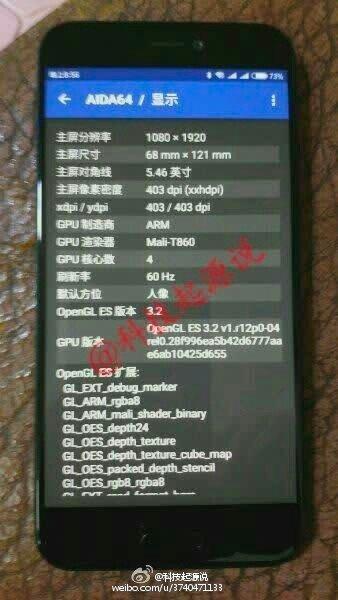
|
| Samsung announced today that it has started mass producing System-on-Chip (SoC) products with 10nm FinFET process (10LPE) technology, which the company says is an industry-first. The company also said that SoCs with the new 10nm process will launch in early 2017, while its 2nd 10nm process (10LPP) with performance boost is targeted for mass production in 2H17. (GSM Arena, Samsung, CN Beta) |
| Touch Display |
| Hon Hai Precision Industry, also known as Foxconn, and Sharp might start making next-generation display panels for smartphones in China as early as 2019. The Foxconn-Sharp alliance plans to invest JPY200 billion (USD1.92 billion) to become capable of mass-producing OLED panels. (CN Beta, Asia Nikkei) |
| Chalmers University of Technology in Sweden has created a full-color e-paper material. The tiny cells — plasmonic metasurfaces — can be turned on and off with a tiny change in voltage, like an LCD subpixel. But like other reflective displays , it does not actually emit any light. (TechCrunch, Chalmers, Advanced Materials)
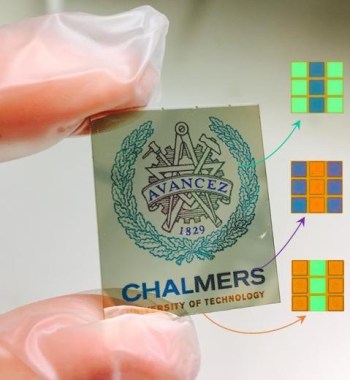
|
| Facebook’s Oculus acquires Ireland-based IfiniLED, which was founded in 2010 under the Tyndall National Institute producing displays that consume 20-40 times less power than normal LCD and OLED displays and are capable of producing 4 times more light with better contrast and colour range. (TechNews, Digital Trends, Venture Beat, IT Home) |
| Universities of Sussex and Bristol have created a display dubbed JOLED that can actually float mid-air thanks to the use of ultrasonic forces. The display uses “Janus objects” as “physical voxels” with “acoustic levitation”. (Ubergizmo, TechCrunch, Sussex)
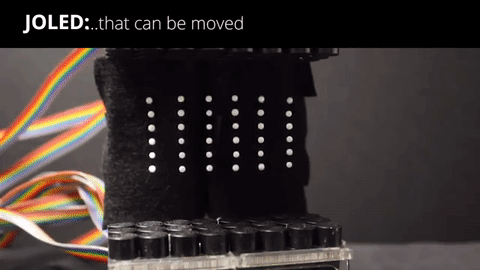
|
| As Samsung suffered a major setback in the strategic phone market due to the Galaxy Note 7 incident, Samsung Display is expected to move up the date of starting to roll out foldable displays, a core part of next-generation flexible smartphones. (Business Korea, TechNews, Sohu) |
| Xiaomi Note 2 is allegedly to feature a 5.7” curved OLED display manufactured by LG Display. The production of the Mi Note 2 would be the first mass production of the flexible LG AMOLED panels so that explains the delays in releasing the device. (TechWeb, Hexun, My Drivers, Gizmo China)
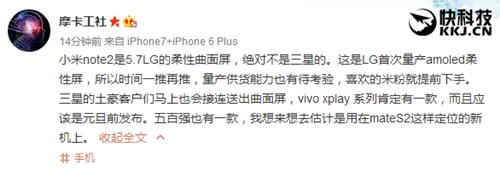
|
| Memory |
| Kilopass Technology, maker of one-time programmable (OTP) memory and provider of intellectual property for semiconductor embedded non-volatile memory (NVM), has introduced its Vertical Layered Thyristor (VLT) technology for DRAM applications. VLT eliminates the need for DRAM refresh, is compatible with existing process technologies and offers significant other benefits including lower power, better area efficiency and compatibility. (EE Times, Market Wired, EEPW, Qudong)
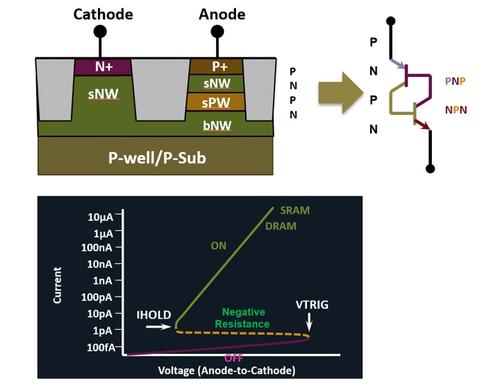
|
| European and Russian scientists have proposed a new method using much more rapid terahertz radiation, aka “T-rays”. By swapping out magnetic fields for T-rays could crank up the rate of the cell-resetting process by a factor of 1000, which could be used to create ultrafast memory. (Digital Trends, Engadget, Nature, VIPSMT)
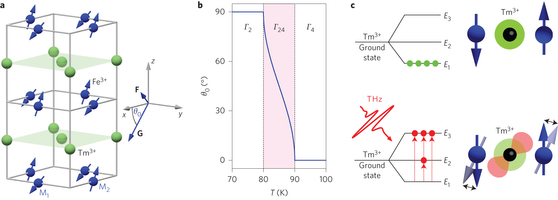
|
| Battery |
| Samsung Electronics and the South Korean government have launched their own investigations to find out what caused the Galaxy Note 7 smartphones to catch fire. (CN Beta, Forbes, Yonhap News) |
| Tesla and Panasonic have entered into a non-binding letter of intent under which they will begin collaborating on the manufacturing and production of photovoltaic (PV) cells and modules in Buffalo, New York. This agreement is contingent upon shareholders’ approval of Tesla’s acquisition of SolarCity. (CN Beta, Tesla, USA Today, Reuters) |
| Biometrics |
| MasterCard to launch an app called Identity Check Mobile. With the app, consumers using their credit card online can verify their identity by looking into the smartphone camera on their phone. The consumer is asked to blink to prevent someone from substituting a still photo. (Phone Arena, WSJ, Wersm, i4u, eBrun)
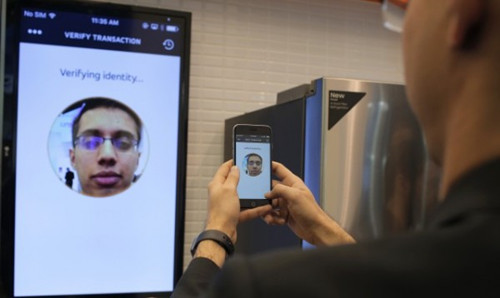
|
| Smartphones |
| Based on the latest “Taking Stock With Teens” survey from Piper Jaffray (Oct. 2016), 79% of US teens said their next phone would be Apple iPhone, and 74% said they already had an iPhone. (The Street, Piper Jaffray, infographic, 199IT, Business Wire, CNET)
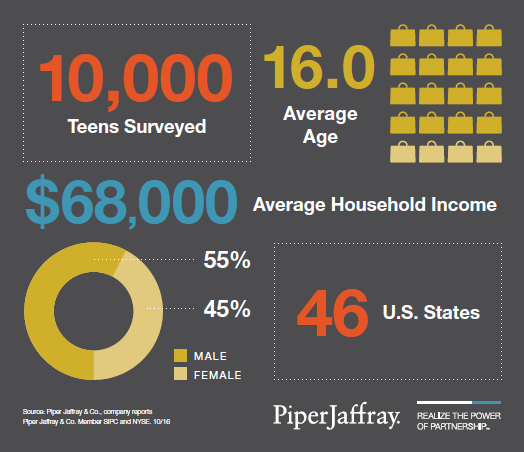
|
| According to Kantar Worldpanel ComTech, Jun.~Aug. 2016, market share for both Android and iOS grew in EU5, representing 78.1% and 17.3% of smartphone sales, respectively. In the US, iOS increased to 30.9%, but declined in Urban China, falling to 13.5% of smartphone sales. (Kantar Worldpanel, press, press [cn], 199IT, 199IT, CN Beta)
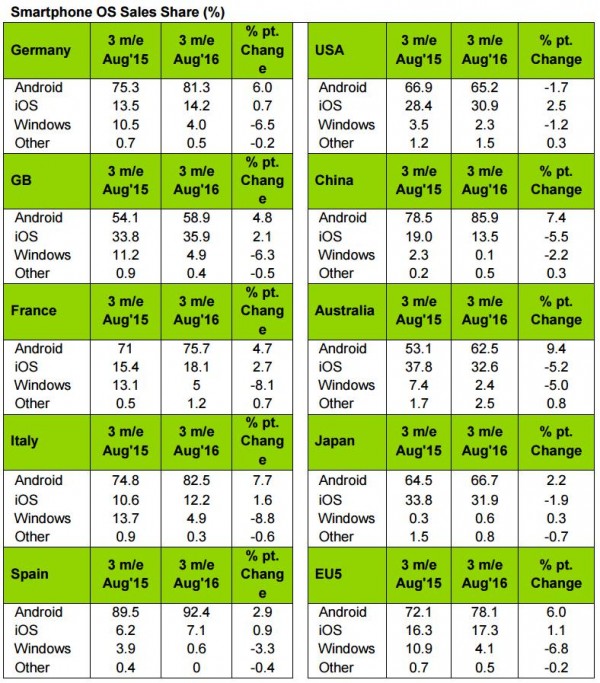
|
| Security researcher John Sawyer says a limited backdoor has been found in some Foxconn-manufactured Android phones, allowing attackers to root phones they have in hand. (CN Beta, Cyberparse, Williams) |
| Apple CEO Tim Cook indicates plan to actively implement AI on iPhone and other products, to make iPhone more evolved. He also believes that AI is the core technology for all related products. (TechNews, Asia Nikkei) |
| Tablets |
| According to Gartner, worldwide PC shipments totaled 68.9 million units in 3Q16, a 5.7% decline from 3Q15. This was the 8th consecutive quarter of PC shipment decline, the longest duration of decline in the history of the PC industry. (CN Beta, Apple Insider, Liliputing, Business Wire, Gartner, press)
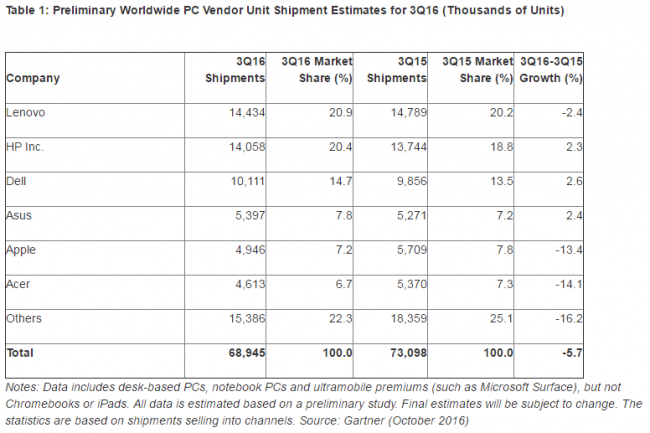
|
| Worldwide PC shipments totaled nearly 68 million units in 3Q16, a YoY decline of 3.9%, according to IDC. The top 3 PC vendors, namely Lenovo, HP and Dell, took just over 58% of the worldwide market in 3Q16, up from 55% a year ago and 51% in 2014. (CN Beta, IDC, press)
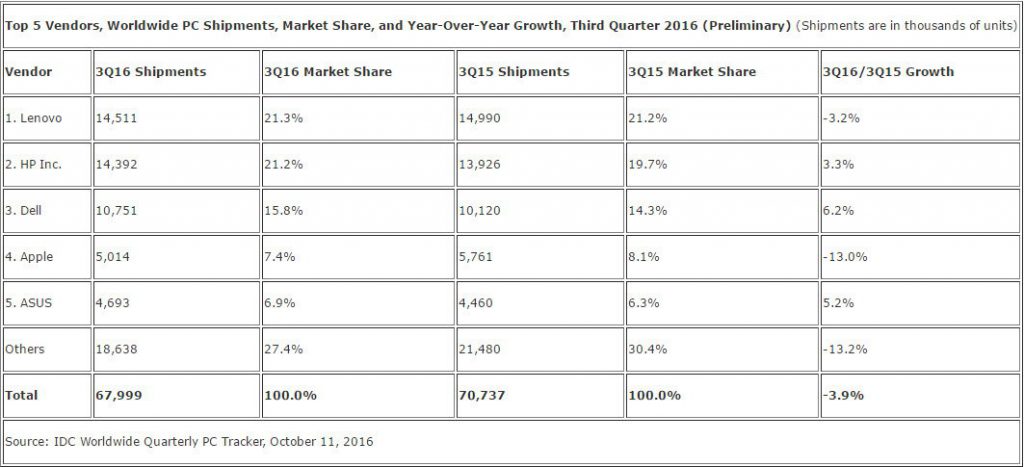
|
| Fujitsu will eliminate 400-500 jobs in Germany, to follow the 2,200 job cuts in the U.K. and Finland announced recently, as the company aims to increase competitiveness in Europe by trimming costs. (CN Beta, Asia Nikkei) |
| HP plans 3,000 to 4,000 job cuts over the next 3 years. As per the plan, the company anticipates savings of USD200~300 million per year starting in 2020. (TechCrunch, SEC, Sina) |
| Wearables |
| Maintool, a company based in Paris and Madrid, has created a smartwatch band called Classi, which will bring smartwatch features to traditional watches. (Android Headlines, Tech and Flash, Indiegogo, ReadWrite, MNW)
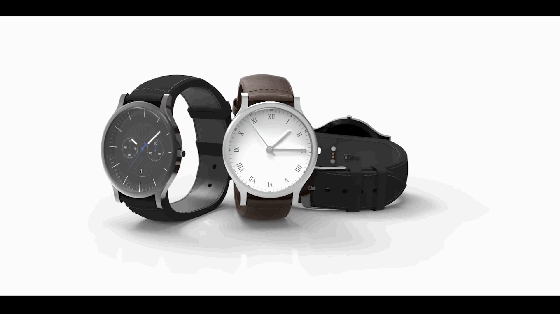
|
| Developed by a pair of students from Rice University in Houston, Texas, the M2 Sleeve from Ziel claims to combine “muscle sensors and motion analysis” to identify risky movements, and hopefully, stop athlete from hurting herself. (Digital Trends, Engadget, Wearable, Iamdaike, 91.com)
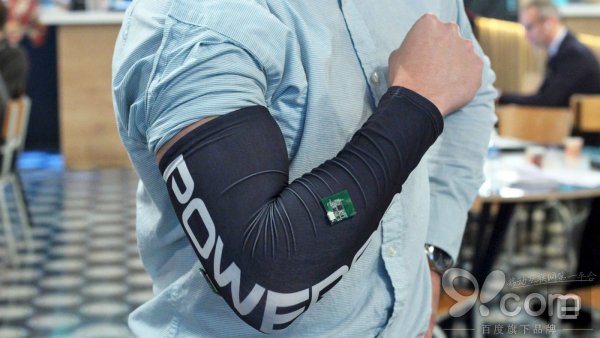
|
| Internet of Things |
| According to CB Insights, consumer robotics startups have bagged 25% of the global robotics deal share in the last 5 years. Around 40% of these consumer deals went to social robots like Anki, UBTECH, and Rokid. (CB Insights, press)
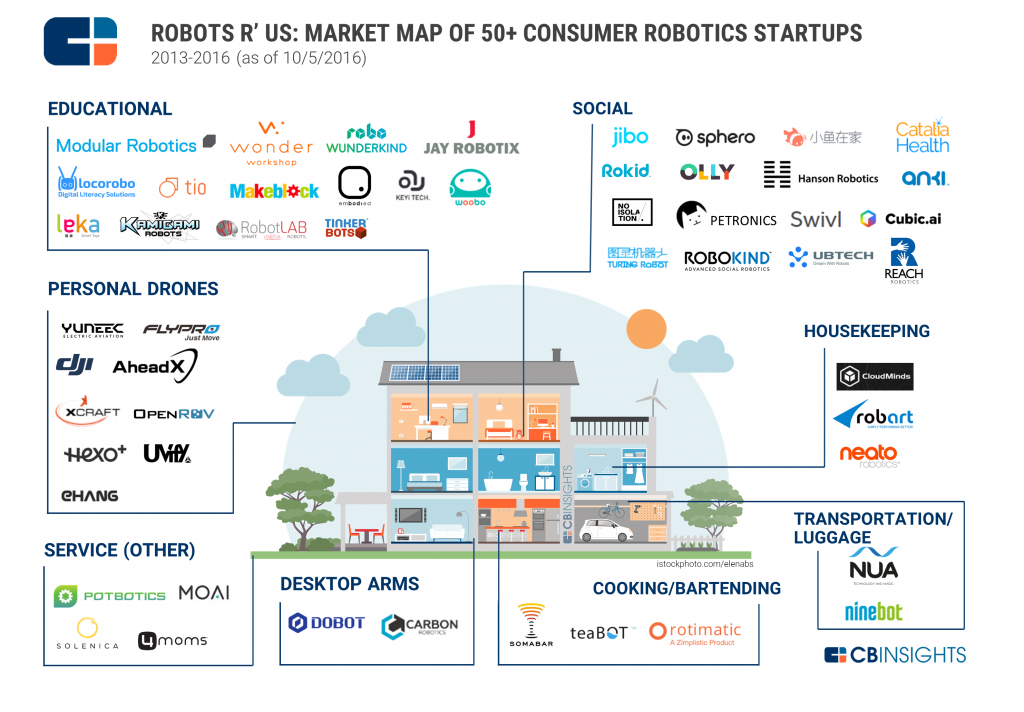
|













